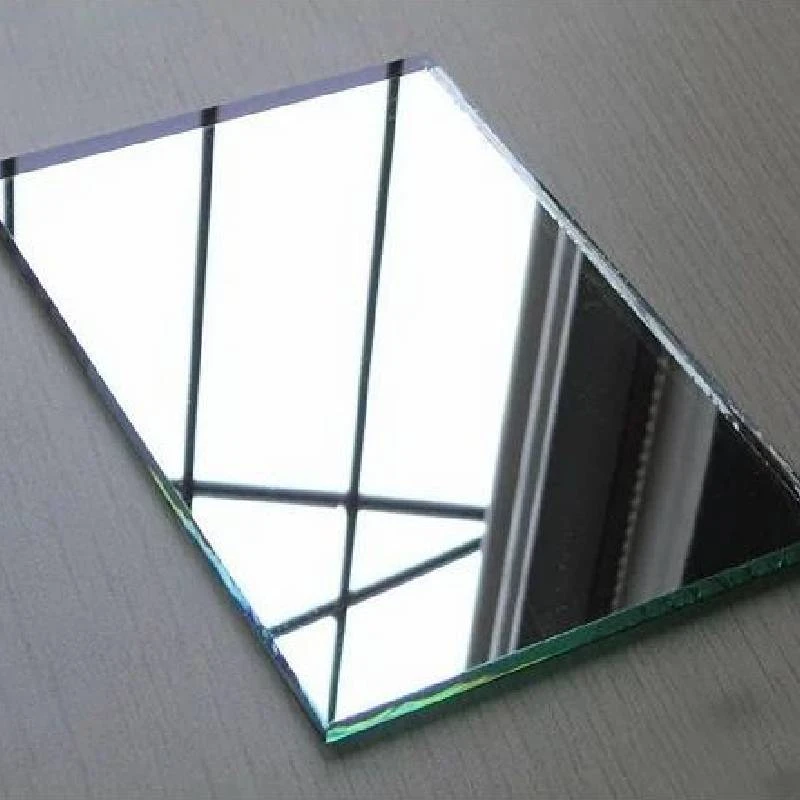

The Allure of Bubble Pattern Glass A Unique Craftsmanship
Bubble pattern glass is a fascinating art form that has captivated artisans and collectors alike for decades. Often seen in decorative items, lighting fixtures, and architectural elements, this exquisite glasswork showcases a unique play of light, texture, and form. Its distinctive characteristics stem from both its production process and the aesthetic creativity that goes into designing each piece.
At its core, bubble pattern glass is created through a layering technique that incorporates tiny air bubbles within the glass. This is typically achieved by blowing molten glass into a mold that features a textured design. As the glass is formed, air is trapped in small pockets, resulting in an organic, fluid texture. This method not only enhances the visual appeal of the glass but also ensures that each piece is truly one-of-a-kind.
One of the most appealing aspects of bubble pattern glass is its ability to refract and diffuse light. When illuminated, the bubbles catch and scatter light in a myriad of ways, creating stunning visual effects. This quality makes bubble pattern glass particularly popular in lampshades, vases, and decorative bowls. The interplay of light and shadow creates a dynamic visual experience, transforming any space into a more vibrant environment.
Historically, the technique has roots in ancient glass-making practices, but it gained prominence during the 20th century. Artisans in the mid-century modern movement began to explore unconventional forms and textures, leading to renewed interest in bubble pattern glass. Iconic designers recognized its potential to blend artistry with functionality, paving the way for a new appreciation of glass as both an art form and a practical material.

In contemporary design, bubble pattern glass continues to inspire numerous artists and manufacturers
. Its versatility allows it to seamlessly fit into various styles, from minimalist to eclectic. In modern homes, bubble pattern glass often serves as a statement piece, drawing attention and sparking conversation. Whether showcased on a coffee table or hung as a stunning pendant light, these pieces can add a touch of sophistication and creativity to any décor.Moreover, bubble pattern glass is not limited to home décor. It is increasingly being utilized in commercial spaces, bringing a sense of elegance and character to restaurants, hotels, and galleries. The unpredictable nature of the bubbles allows for a wide range of creative options, making it a favorite among interior designers looking to make a statement.
In addition to its aesthetic appeal, the production of bubble pattern glass often supports sustainable practices. Many artisans focus on using recycled glass materials, which not only reduces waste but also contributes to a more eco-friendly approach to crafting. As consumers become more environmentally conscious, the demand for sustainable products continues to rise, making bubble pattern glass an excellent choice for those looking to enhance their spaces while being mindful of their ecological footprint.
Collecting bubble pattern glass has also become a popular hobby among enthusiasts. Antique and vintage pieces can offer a glimpse into the craftsmanship of different eras, while contemporary works provide insight into current design trends. Each collection tells a story, reflecting the collector’s personal taste and appreciation for the delicate and intricate nature of glass artistry.
In conclusion, bubble pattern glass serves as a brilliant representation of the intersection between art and craft. Its unique production process, striking aesthetic qualities, and sustainable potential make it a standout choice for those looking to elevate their spaces. As this art form continues to evolve, it undoubtedly will remain a timeless favorite among artists, designers, and collectors for years to come.